Good knowledge of foreign languages can certainly help develop a person’s communicating skills, and it often serves as an important asset to career success.
Having witnessed the rapid growth of China’s economy over the past decade, more and more people started to realize offering their kids an opportunity to study Chinese could be an ideal choice for “long-term investment”.

Today, we are going to talk about how to teach kids to form sentences in Chinese with five must-know structures and three activities that you can do with them.
The post contains affiliate links, which means I may receive a small commission, at no cost to you. If you make a purchase through a link. See the Disclosure for more details.
Table of Contents
Chinese Word Order
There are several basic rules related to word order which need to be learned by heart in that whether or not a Chinese sentence is correct largely depends on them.
For example
A specific time (like five o’clock) usually comes before the verb in a Chinese sentence.
Consequently, “I get up at eight o’clock.” is translated as “I at eight o’clock get up.” in Chinese in terms of the word order.
A crucial thing kids need to understand when learning Chinese is that they are supposed to gradually get used to the logic behind different Chinese sentence structures when making sentences in Chinese.
In other words, parents should try minimizing the influence of mother tongue on second language learning when helping their kids learn to speak Chinese.
Five Must-Know Structures of Chinese Sentences
1) subject + verb + object
Example:
我(wǒ) 喝(hē) 咖啡(kā fēi)。= I drink coffee.
In this sentence,
- 我(wǒ) means “I”, which stands for the subject.
- 喝(hē) means “to drink”, which is obviously the verb in the sentence.
- Finally, 咖啡(kā fēi) means “coffee”, which represents the object.
2) subject + time + verb + object
Example:
我(wǒ) 八点(bā diǎn) 喝(hē) 咖啡(kā fēi)。= I drink coffee at eight o’clock.
- 八点(bā diǎn) means “eight o’clock”, which indicates a specific time in this sentence.
- However, words like “tomorrow” and “last week” can also be placed at the beginning of a sentence, which is before the subject.
3) subject + place + verb + object
Example:
我(wǒ) 在(zài) 家(jiā) 喝(hē) 咖啡(kā fēi)
= “I drink coffee at home.” OR “I’m drinking coffee at home.”
- “在(zài) 家(jiā)” means “at home”, and in this sentence, it stands for the place, which usually comes before the verb.
4) subject + time + place + verb + object
Example:
我(wǒ) 晚上(wǎn shàng) 在(zài) 家(jiā) 喝(hē) 咖啡(kā fēi)
= I drink coffee at home in the evening.
In this sentence,
- 晚上(wǎn shàng) means “evening”. What is important here is that a specific time usually comes before the place and the verb, and again the word “evening” can be also put at the beginning of the sentence in this case.
5) A + 和(hé) + B + verb
Example:
我(wǒ) 和(hé) 你(nǐ) 去(qù) 商店(shāng diàn)。
=I’m going to the shop with you.
In this sentence,
- 和(hé) means “and or with”, whereas A and B stand for different people. This structure can be applied to most situations where you want to say things like
- 去(qù) means “go to”, and 商店(shāng diàn) means “shop”. What needs to be paid attention to here is that the “with + someone” part always comes before the verb.
Therefore, after having a general idea about all these five structures, it’s time for your kid to practice them in real-life situations.
It will be a good idea to encourage your kid to say simple sentences involving any of the above-mentioned structures in Chinese.
As both adults and kids are prone to making grammatical mistakes when learning a foreign language, it’s important for you to let your kid know that there is no need to be afraid of making mistakes.
Meanwhile, it is sensible to help your kid consolidate their knowledge of these structures through repetitive exercises in a fun way. For example, you can try making simple dialogs with your kid using some of these structures combined with their favorite cartoon characters.
Teaching Activities
Activity #1: Flashcards
Flashcards from the Colors: Chinese Theme Packs
Making time to play games with your kid can also help stimulate their interest in learning Chinese.
It is certainly more effective to let your kid acquire knowledge through fun games rather than leave them with a traditional Chinese language textbook.
It can be easy to resort to flashcard games to optimize their learning process.
A popular game
One of the popular games to play with flashcards is to ask your kid to rearrange the order of several vocabulary flashcards (of words needed for a complete sentence) to make a correct sentence.
One of the main advantages of this game is that it allows your kid to develop their logical thinking as there might be different solutions available to create a sentence that makes sense.
Activity #2: Story Telling
An effective way to train your kid’s sentence structuring ability is to let them use their imagination and make up interesting stories in Chinese based on the pictures they’ve seen.
Each story can be made of four to five simple sentences with the use of some of the basic sentence structures.
In addition, it will be helpful to find out what topics your kid likes and then choose some pictures that they might be interested in working with accordingly.
Activity 3: Make sentences using the words given
All you need to do is to provide your kid with several words that can more or less be used in the same scenario and ask them to make a correct sentence.
However, you are advised to take different sentence structures into account when choosing the words for your kid to make sentences.
Have you and our child learned the five must-know Chinese structures yet?
Is Chinese sentence structures pretty similar or very different from your native language?
This article is written by:
That’s Mandarin Chinese Language School
That’s Mandarin is one of the oldest Chinese schools in China with over 3000 students every year since 2005, based in Beijing, Shanghai, and Shenzhen. The school offers online and offline Chinese courses with professional teachers and uses its own in-house Chinese learning platform. Our 1-on-1 Private Online Chinese classes can be tailor-made based on student’s requirements and goals.
You Might be Interested:
- How to Start Teaching Chinese at Home
- How I Motivate my Children Reading in Cantonese and English
- Writing Chinese Characters: 10 tips for teaching young children how to write Chinese characters
- Teaching Chinese with Theme-Based Approach: Chinese Theme Packs
- An Interview about My Homeschooling life in Hong Kong
- Chinese: The relationship between spoken and written form
- Homeschooling in Hong Kong: The Fortune Cookie Mom from Honey! I’m Homeschooling My Kids
You are not doing it alone:
Join my Facebook support group to meet and get connections with parents and educators with the same goals.
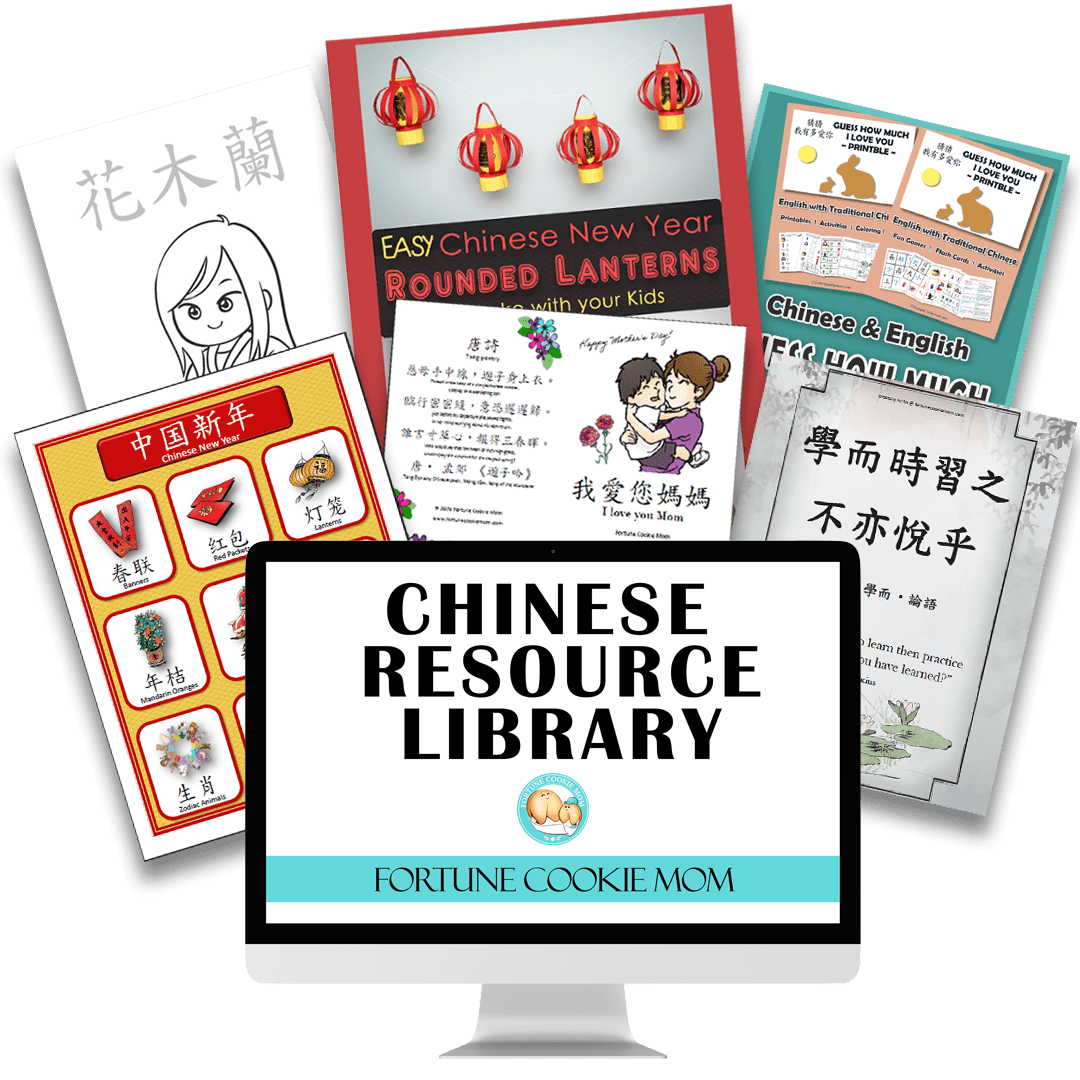
身为职业妈妈的我,常常牺牲睡眠来自作教材。版主全方位学习的新年教材真让我省下不少宝贵的时间找资料。四岁的女儿对中文学习有点抗拒。我们善用版主提供的迷你故事书和生字卡来增强她对语文的认识。版主的中文单词棋盘游戏更让女儿投入学习, 因为她想赢嘛!版主的教材可让小孩边玩边学, 太棒了。
This is the second 5-Day Challenge that we have done with Fortune Cookie Mom. Both have been very beneficial to our family. I am a homeschool mom of three little kids. We are not Chinese and do not speak any Chinese. With the help of Fortune Cookie Mom, we are slowly learning! The challenges have given me fun activities to do at home with the kids. Each one has reignited my kid's interest in learning. It has been a fun experience for everybody!

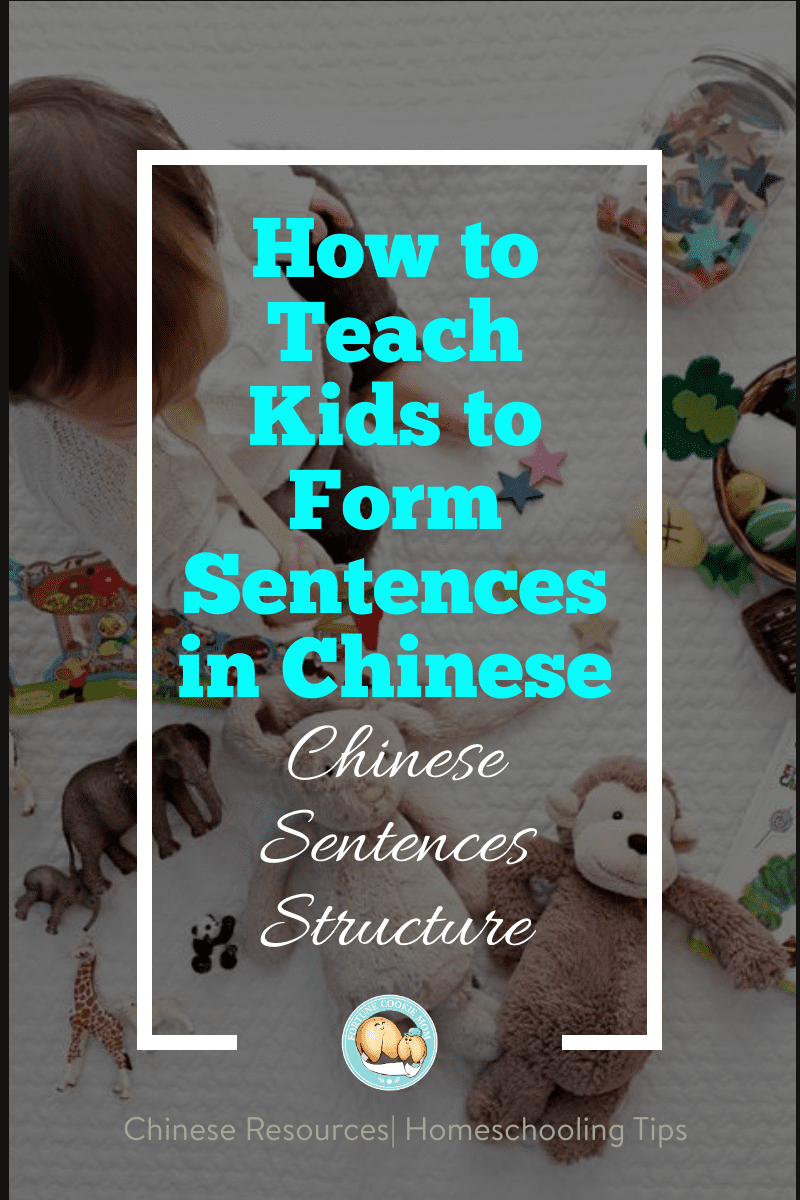

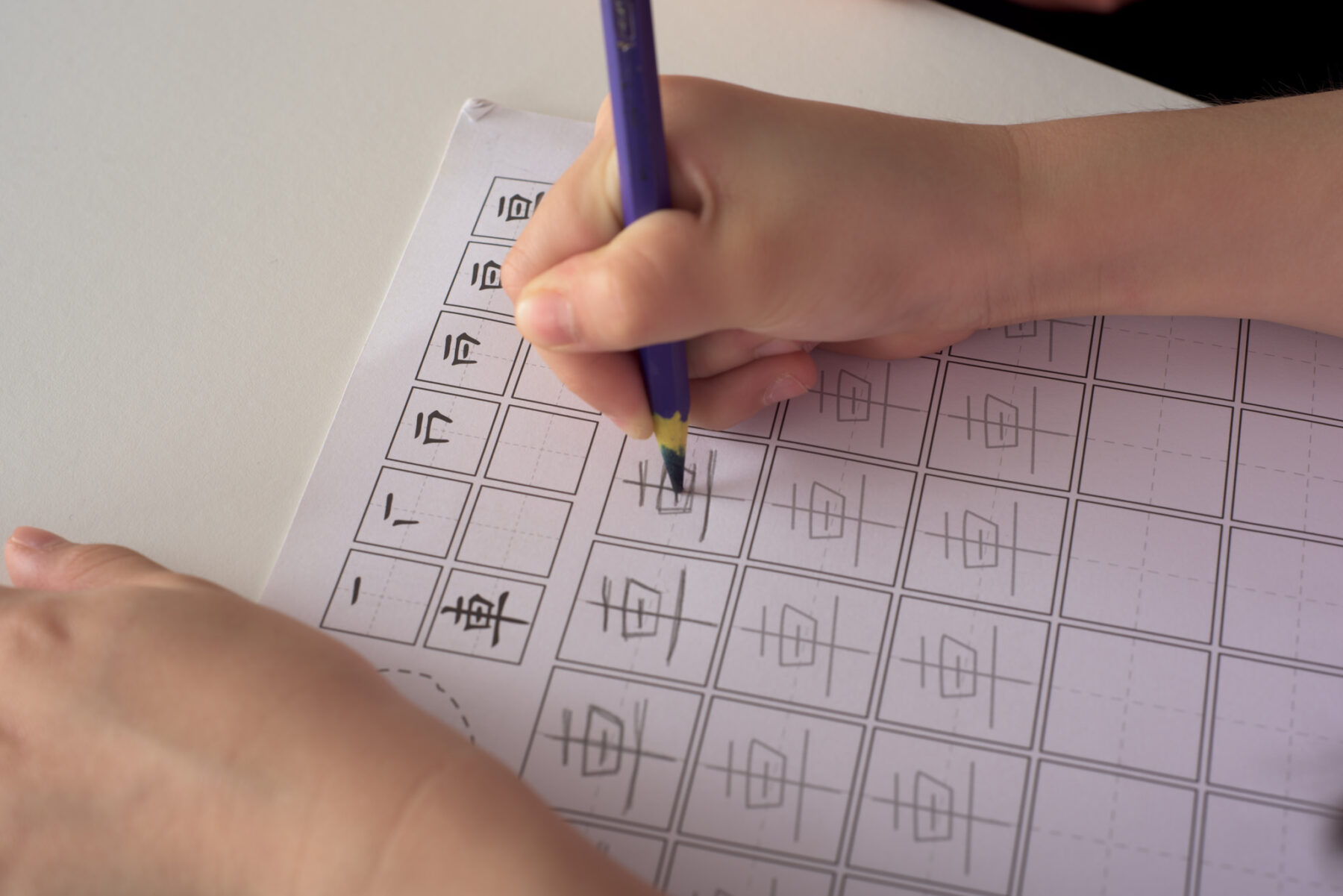

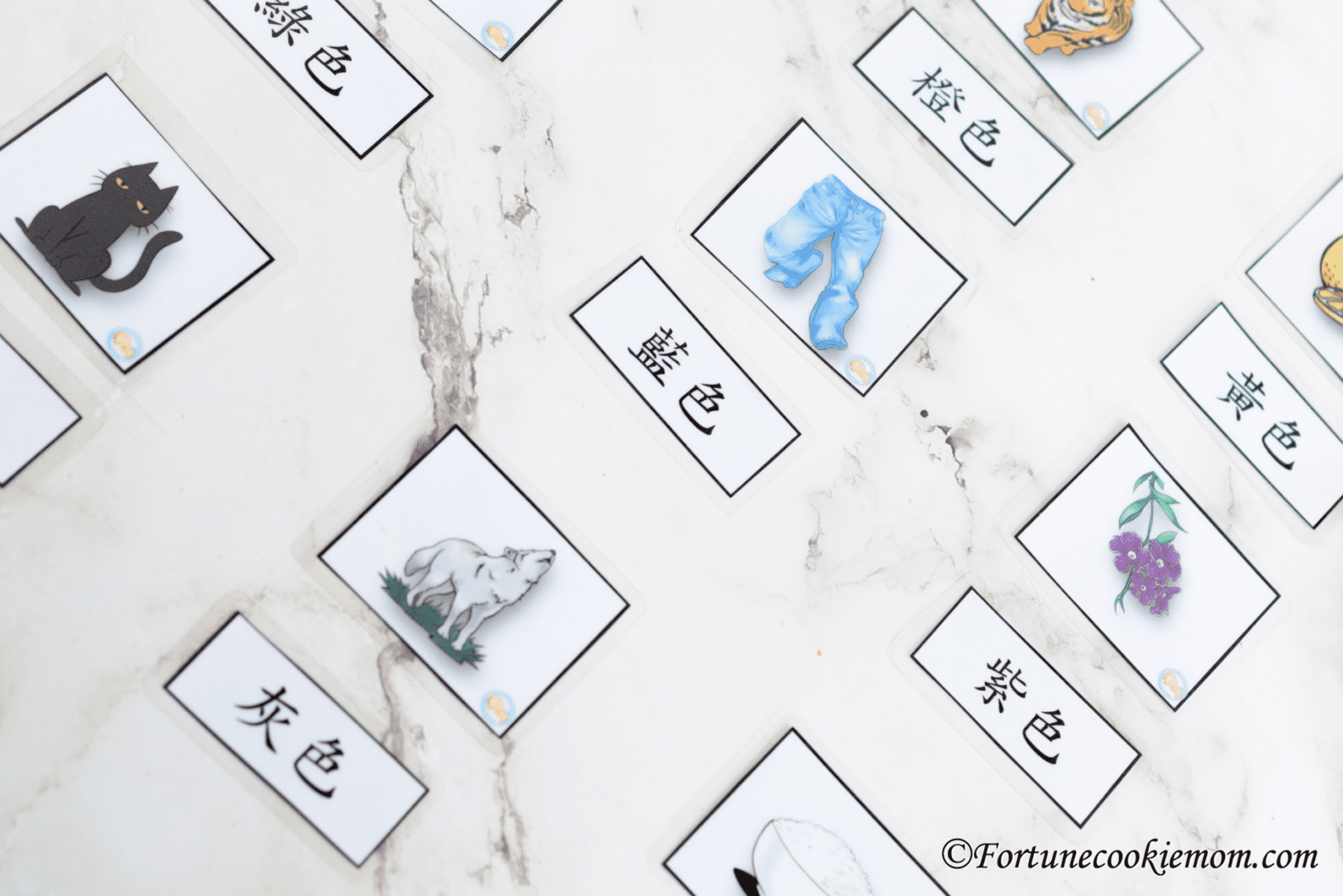


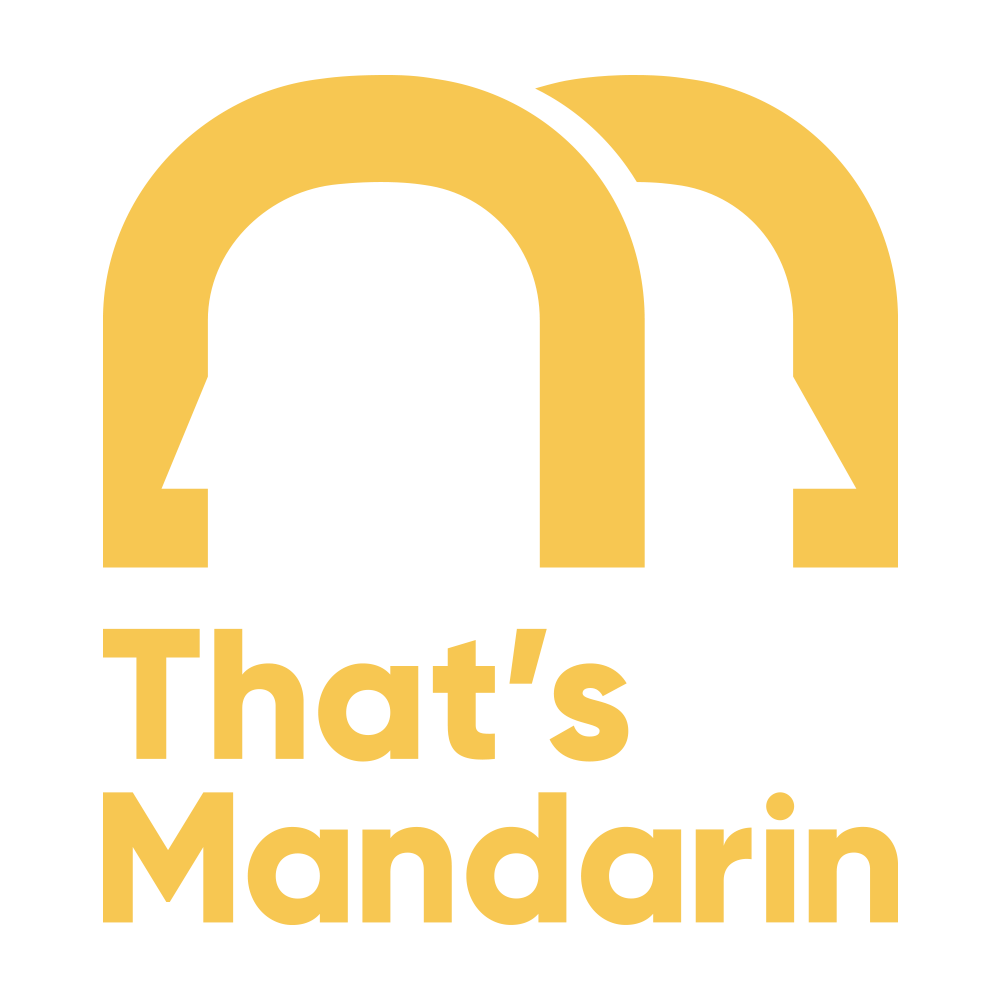


Does these sentence structures also apply to spoken Cantonese? Is there anything difference from Mandarin to Cantonese?
Hi Pauline, thanks for your comment and question. It’s a very good question. In written form, there is no difference between Mandarin and Cantonese. When we write in Chinese, we write use the same structures and Chinese characters. However, when we speak, we speak in Cantonese. If you want to know more about the difference between Mandarin and Cantonese, I wrote a blog post about it: https://www.fortunecookiemom.com/chinese-relationship-between-spoken-written-form/. Hope it helps.